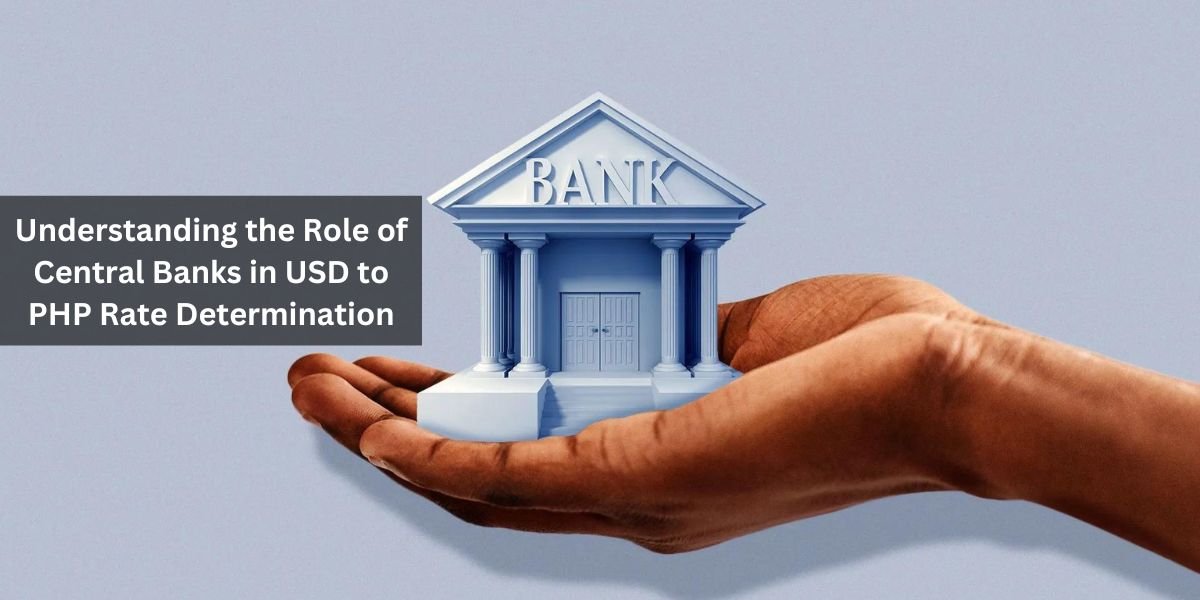Hey there, curious minds! Have you ever wondered why the USD to PHP exchange rate fluctuates so often? Well, grab your cup of coffee and settle in, because we’re about to dive deep into the fascinating world of central banks and their impact on the USD to PHP rate.
What Are Central Banks?
Let’s start with the basics. Central banks are like the financial wizards behind the curtain, pulling the strings to keep the economy humming along. In the Philippines, the central bank is known as the Bangko Sentral ng Pilipinas (BSP), while in the United States, it’s the Federal Reserve (often referred to as the Fed).
The Power of Monetary Policy
One of the main tools central banks use to influence the exchange rate is monetary policy. By adjusting interest rates and controlling the money supply, central banks can effectively manipulate the value of their currency relative to others, including the USD and PHP.
Interest Rates and Currency Value
When the Fed raises interest rates, it typically strengthens the value of the USD. This is because higher interest rates attract foreign investors seeking better returns on their investments. As a result, demand for USD increases, driving up its value relative to other currencies like the PHP.
Inflation and Exchange Rates
Another key factor central banks consider is inflation. If inflation in the Philippines is higher than in the United States, the PHP may weaken against the USD. This is because higher inflation erodes the purchasing power of the PHP, making it less attractive to investors.
Market Intervention
In addition to monetary policy, central banks may also intervene directly in the foreign exchange market to influence the USD to PHP rate. This can involve buying or selling currencies to stabilize exchange rates or counteract excessive volatility.
Economic Data and Market Sentiment
Central banks closely monitor economic indicators and market sentiment to anticipate changes in the exchange rate. Factors such as GDP growth, trade balances, and geopolitical events can all impact investor confidence and influence currency values.
The Role of Speculators
It’s important to note that not all fluctuations in the USD to PHP rate are driven by fundamental factors. Speculators play a significant role in the forex market, buying and selling currencies based on short-term trends and expectations rather than long-term economic fundamentals.
Conclusion
In conclusion, the USD to PHP exchange rate is influenced by a complex interplay of factors, with central banks playing a central role in shaping market dynamics. By understanding the mechanisms behind exchange rate determination, investors can make more informed decisions and navigate the global economy with confidence.
FAQs
1. How often do central banks adjust interest rates?
Central banks typically review interest rates regularly and may adjust them several times a year in response to changing economic conditions.
2. Can central banks completely control exchange rates?
While central banks can influence exchange rates to some extent, they cannot exert complete control due to factors such as market sentiment and speculative activity.
3. Why does the USD to PHP rate sometimes spike or plummet suddenly?
Sudden fluctuations in the exchange rate can be caused by unexpected news events, geopolitical tensions, or large trades by institutional investors.
4. How do changes in the USD to PHP rate affect the average consumer?
Fluctuations in the exchange rate can impact the cost of imported goods, travel expenses, and the purchasing power of remittances from overseas Filipino workers.
5. Are there any risks associated with currency trading?
Currency trading carries inherent risks, including market volatility, leverage, and geopolitical uncertainty. It’s important for investors to carefully assess their risk tolerance and seek professional advice if needed.




